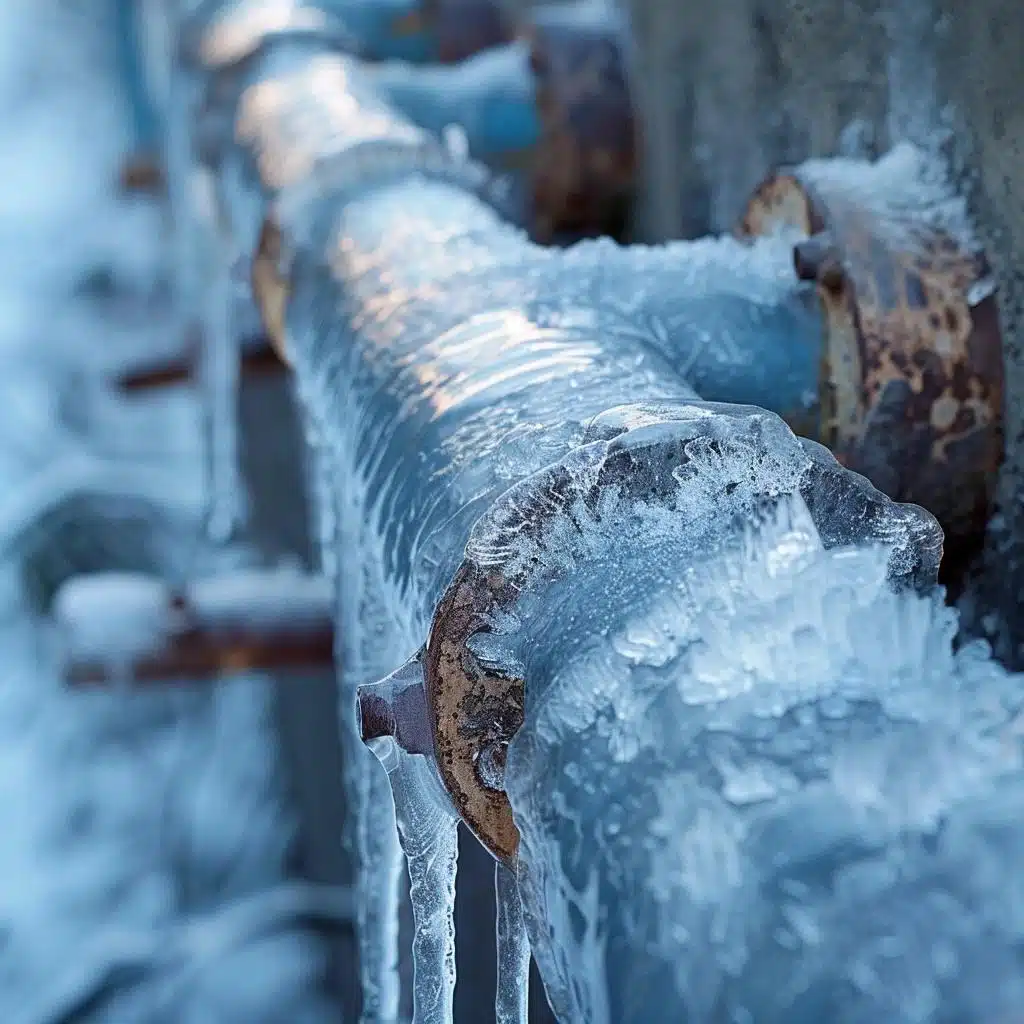Preventing Your Pipes from Cold Weather: Best Methods
Preventing Your Pipes from Cold Weather: Best Methods
Blog Article
This great article down the page on the subject of 6 Ways to Prevent Frozen Pipes is incredibly compelling. Have a go and make your own results.

Cold weather can ruin your plumbing, specifically by freezing pipes. Right here's just how to stop it from happening and what to do if it does.
Introduction
As temperature levels decline, the risk of icy pipelines increases, potentially bring about expensive fixings and water damage. Comprehending just how to prevent icy pipes is crucial for homeowners in chilly environments.
Avoidance Tips
Shielding susceptible pipelines
Cover pipelines in insulation sleeves or make use of warm tape to secure them from freezing temperatures. Concentrate on pipes in unheated or exterior locations of the home.
Heating methods
Maintain indoor spaces adequately heated, especially areas with plumbing. Open cabinet doors to enable cozy air to distribute around pipes under sinks.
How to recognize icy pipelines
Try to find lowered water circulation from taps, uncommon odors or noises from pipelines, and visible frost on revealed pipes.
Long-Term Solutions
Architectural adjustments
Take into consideration rerouting pipes away from exterior walls or unheated locations. Include additional insulation to attic rooms, cellars, and crawl spaces.
Updating insulation
Buy high-quality insulation for pipes, attics, and walls. Proper insulation helps maintain consistent temperatures and reduces the risk of icy pipelines.
Protecting Exterior Pipes
Garden hoses and outdoor taps
Separate and drain garden tubes prior to wintertime. Install frost-proof faucets or cover outside faucets with insulated caps.
Recognizing Frozen Pipelines
What triggers pipes to ice up?
Pipes freeze when exposed to temperature levels below 32 ° F (0 ° C) for prolonged periods. As water inside the pipes ices up, it expands, taxing the pipe wall surfaces and potentially triggering them to burst.
Dangers and damages
Frozen pipes can result in water system disruptions, property damage, and costly repairs. Burst pipes can flood homes and trigger comprehensive architectural damages.
Indicators of Frozen Piping
Identifying frozen pipes early can avoid them from rupturing.
What to Do If Your Pipelines Freeze
Immediate activities to take
If you presume frozen pipes, keep taps open up to soothe stress as the ice thaws. Utilize a hairdryer or towels soaked in hot water to thaw pipelines gradually.
Conclusion
Avoiding icy pipelines needs proactive actions and quick responses. By understanding the reasons, signs, and preventive measures, home owners can safeguard their pipes during cold weather.
5 Ways to Prevent Frozen Pipes
Drain Outdoor Faucets and Disconnect Hoses
First, close the shut-off valve that controls the flow of water in the pipe to your outdoor faucet. Then, head outside to disconnect and drain your hose and open the outdoor faucet to allow the water to completely drain out of the line. Turn off the faucet when done. Finally, head back to the shut-off valve and drain the remaining water inside the pipe into a bucket or container. Additionally, if you have a home irrigation system, you should consider hiring an expert to clear the system of water each year.
Insulate Pipes
One of the best and most cost-effective methods for preventing frozen water pipes is to wrap your pipes with insulation. This is especially important for areas in your home that aren’t exposed to heat, such as an attic. We suggest using foam sleeves, which can typically be found at your local hardware store.
Keep Heat Running at 65
Your pipes are located inside your walls, and the temperature there is much colder than the rest of the house. To prevent your pipes from freezing, The Insurance Information Institute suggests that you keep your home heated to at least 65 degrees, even when traveling. You may want to invest in smart devices that can keep an eye on the temperature in your home while you’re away.
Leave Water Dripping
Moving water — even a small trickle — can prevent ice from forming inside your pipes. When freezing temps are imminent, start a drip of water from all faucets that serve exposed pipes. Leaving a few faucets running will also help relieve pressure inside the pipes and help prevent a rupture if the water inside freezes.
Open Cupboard Doors
Warm your kitchen and bathroom pipes by opening cupboards and vanities. You should also leave your interior doors ajar to help warm air circulate evenly throughout your home.

Hopefully you enjoyed our part about 6 Ways to Prevent Frozen Pipes. Thanks a ton for taking time to read through our short article. Enjoyed our posting? Please share it. Let somebody else locate it. We treasure your readership.
Phone Report this page